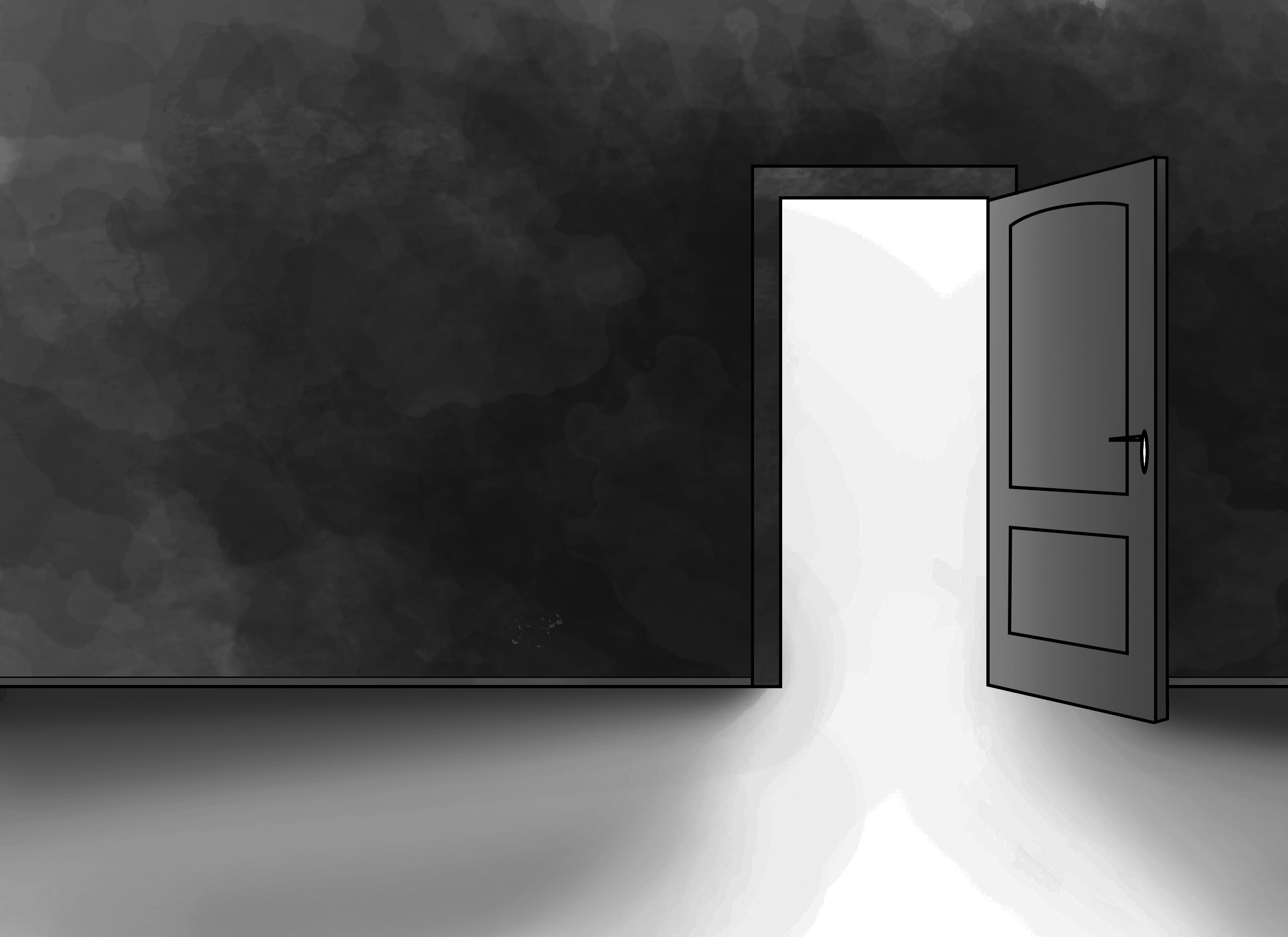
The Spitzer Building, situated at the corner of Madison and Huron, is rotting from the inside. In 2013, the city of Toledo declared it officially in shambles. Later that year, the Spitzer’s few remaining tenants left for good. Now it sits empty, gathering dust and waiting for an as-yet unscheduled demolition. At 10 stories, the Spitzer is the seventh-tallest building in Toledo, visible from across the Maumee River. Maybe the city can’t bear to part with a bit of precious skyline. Maybe it’s cheaper just to let the thing collapse on its own.
Ninety-three years ago, my great-grandpa Sam began practicing law in the Spitzer Building. His son put himself through law school playing poker, and then joined him. My dad fled to California after high school graduation. He returned after six months of Frisbee-playing, and told his mother that he didn’t know what he wanted.
“You want to be a criminal defense attorney,” she said, and that was that.
I spent a lot of time on the eighth floor of the Spitzer Building as a kid, since every visit was a family reunion (my uncle and great-aunt were also in the office). It was a hodgepodge of a law practice, eight lawyers working independently on criminal and civil cases. I met many of their clients, and made many photocopies of my hands on the Xerox machine behind the front desk.
At the turn of the century, the Spitzer’s lobby became Toledo’s first indoor shopping mall. By the turn of the millennium, only a few stores remained. I remember pushing through the revolving front door and stumbling into the warmth and dust. The ancient Otis elevator carried us past seven stories of marbled staircases and walls, of gold-leafed railings and bathroom stalls with wooden locks. From my dad’s office on the eighth floor, you could see the fireworks at Mud Hens’ games. His walls were covered in my sister’s drawings, in school pictures and letters I wrote to him when I wanted a later bedtime.
My grandpa’s office was just down the hall. He had even more family photos and newspaper clippings (one featuring his great-grandmother—“She dances the foxtrot at 106!”). He had a shelf stacked with dozens of copies of a documentary about a concentration camp orchestra. Every time I mentioned it, he insisted I take a DVD.
After visiting the office, we trundled downstairs to Liz’s Snack Shop to buy ice cream bars from Liz. We talked to Howard, the weekend security guard, who was almost 90 and unarmed. We ate vegetable soup at the restaurant (“Bistro”) next door.
Like most Rust Belt cities, Toledo has a tough time holding onto its young people. My sisters and I will grow up and leave—two out of three already have. After I moved away from home, my place-awareness shifted. By place-awareness, I mean: knowing where you’re from, and what that means to other people. In college, everyone wants to know how you feel about where they’re from. Most people don’t have many preconceived notions about Toledo, which makes me feel folksy and rare. In retrospect, I gained much of my place-awareness from books. Ohio is the place from which minor characters move. Olivia is the newest student in Mrs. Olsen’s class — she just moved here from Ohio. Ohio implies wholesomeness, the flat a-sound, and a lack of established history and culture. It implies a large family, and pigtails. It implies corn.
My dad, grandpa, uncle and great-aunt moved into a different building almost two years ago. A converted inn, their new office sits just across the street from the courthouse lawn. My trips downtown are now shaded with nostalgia. I will never again see the inside of the Spitzer Building, never again lurch upward to the eighth floor. I will never again see Howard, defender of the seventh-tallest building in Toledo.
Contact Madeline Kaplan at madeline.kaplan@yale.edu .







